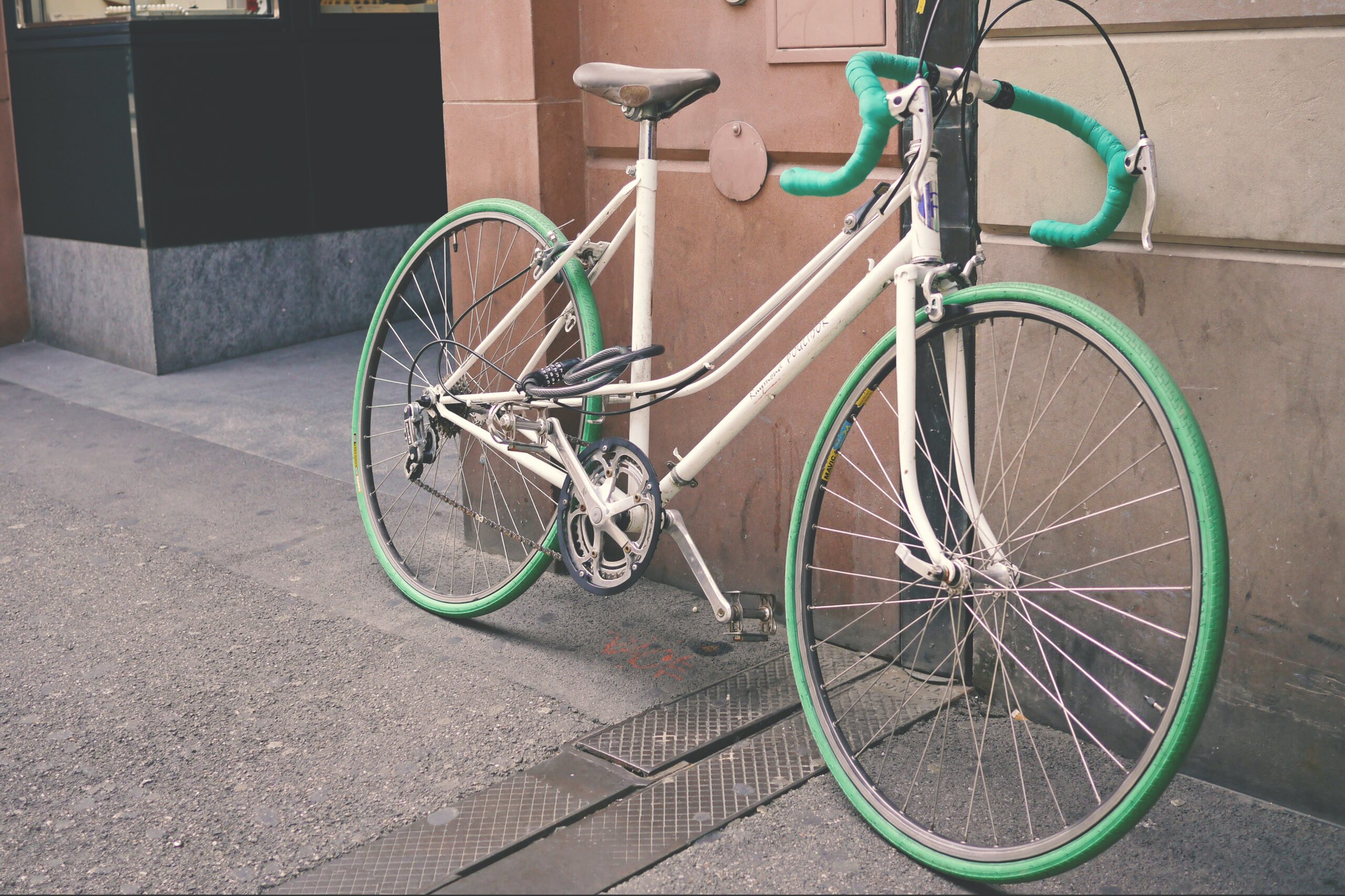Bicycles are two-wheeled, single-track pedal-powered vehicles with one wheel mounted in front of the other on a frame. The terms cyclist and bicyclist are used to describe bicycle riders. A bicycle is a sophisticated device with many moving parts.
When something goes wrong, many people simply point to a location on their bicycle because they are unfamiliar with those parts. No matter how skilled you are at biking, pointing isn’t always the best way to communicate.
An important role is played by each part of a bicycle, which has numerous parts. In this article, I’ve listed some of the most important bicycle components to help readers understand what each one of these components does. However, being able to identify the parts of your bike will be useful when addressing the problem.
1. Handlebar
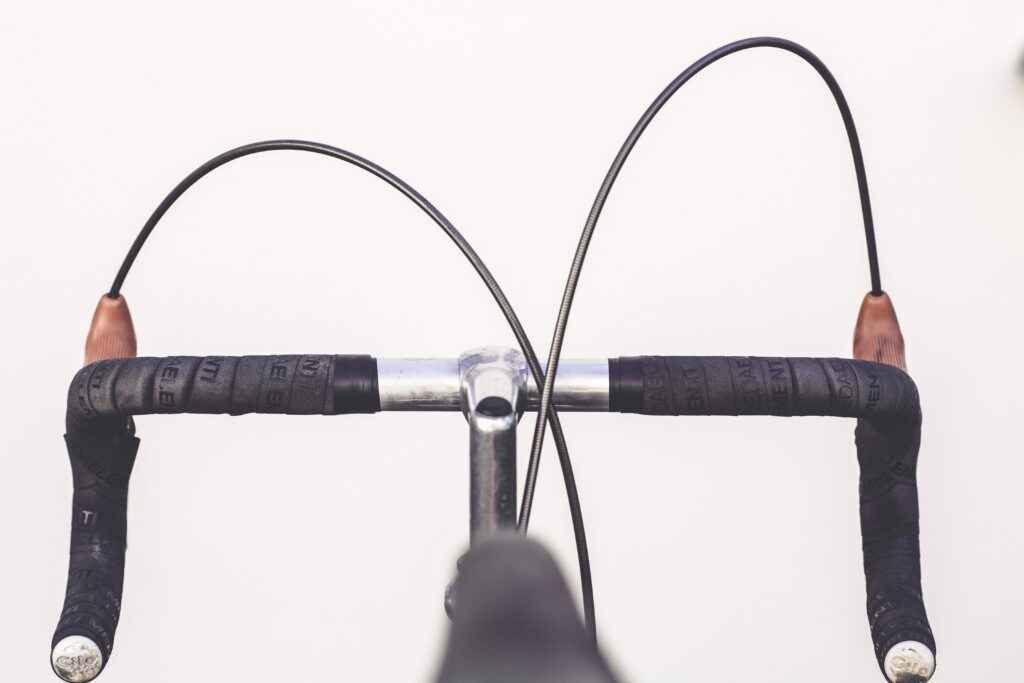
On bicycles, there is a handlebar, which serves as the steering control. It is a particular type of lever that is frequently mounted to the steerer tube of the fork using a stem. It has a steering wheel and a spot for controllers and other gadgets to be attached. Road bikes use drop handlebars, whereas mountain, hybrid, and city bikes typically have flat handlebars.
2. Headset
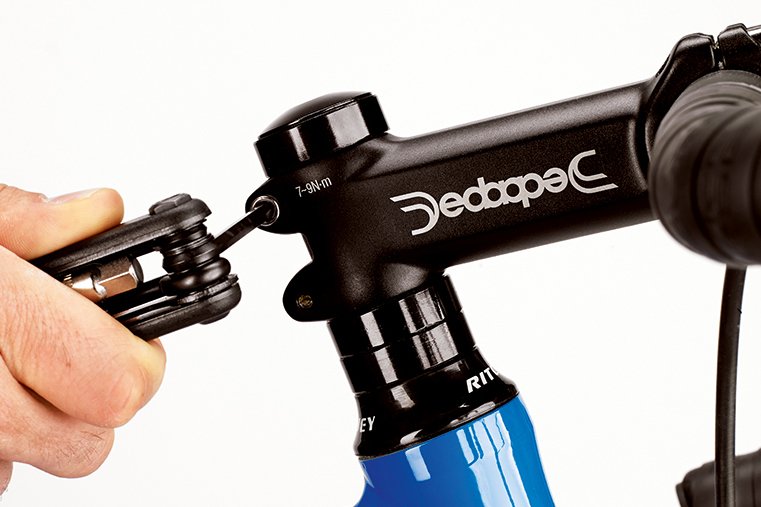
The headset is a collection of components that come together to form a rotatable connection between the fork and head tube of a bicycle frame. Because the bearings are contained in two cups, there is little friction between the bearing cup and the steerer. It is capable of rotation when you turn the handlebar thanks to these bearings.
3. Stem
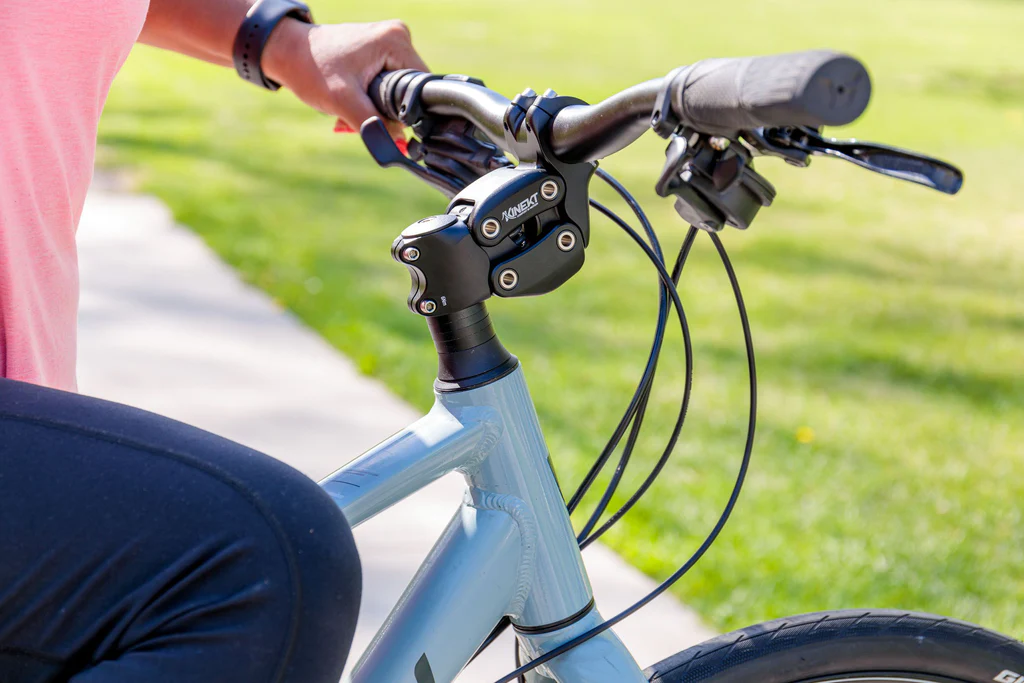
The handlebar and steerer tube of a bicycle is connected by a stem. Normally, it is fastened with a pinch bolt. The head tube slides into the stem, which has a height adjustment. This is essentially part of the head tube that extends beyond the head tube through which the handlebars pass.
4. Shock Absorber
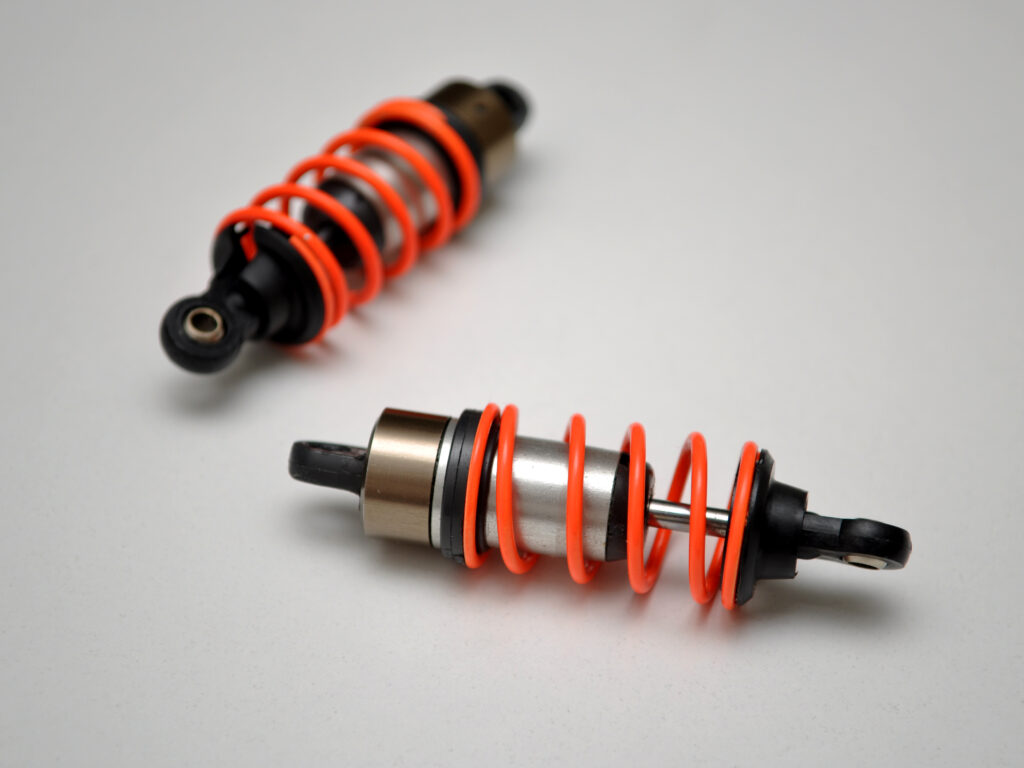
It is a mechanical or hydraulic device designed to muffle and soak up shock stimulations. Shock absorbers are offered for bicycles that have suspension. This mechanism slows down the rate at which an impact-induced suspension is absorbed. Through shock absorbers, shocks are converted into a different form of energy, which is then released as heat.
5. Brakes
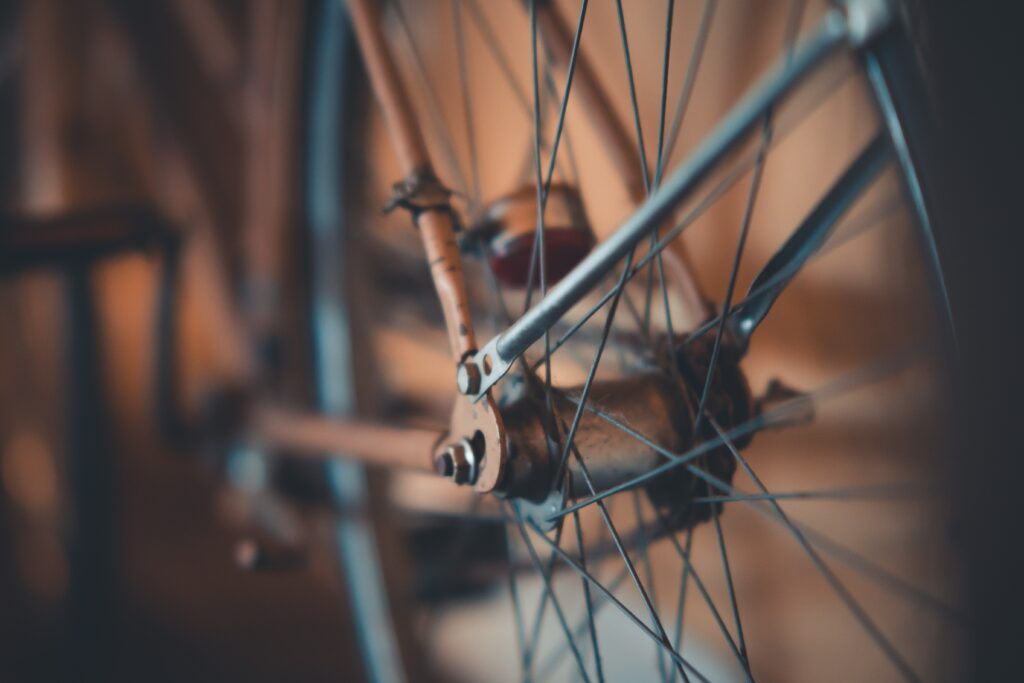
Bicycle brakes, as everyone is aware, are devices that reduce a bicycle’s speed or keep it from moving forward. Rim and disc brakes are engaged and disengaged using brake levers, which are typically mounted on the handlebars. Rim brakes get their name from the fact that they are applied to the wheel rim. Brakes are frequently found on the front and rear of bicycles.
a) Front Brakes
The front brakes are controlled by a brake cable that also includes the return springs and caliper. In doing so, a set of brake pads are pressed into the ground, slowing the front tire down.
b) Rear Brakes
The system of rear brakes is conveniently close to the rear hub. Furthermore, the caliper and return springs are controlled by a brake cable that is attached to them. Applying the brakes causes two brake pads to come into contact with the sidewall, stopping the bicycle.
6. Fork

The fork, which connects the frame of the bicycle to the front wheel and handlebar, is an important part. Two tubes that are attached to the head tube and both ends of the front wheel hub make up the attachment.
7. Head Tube
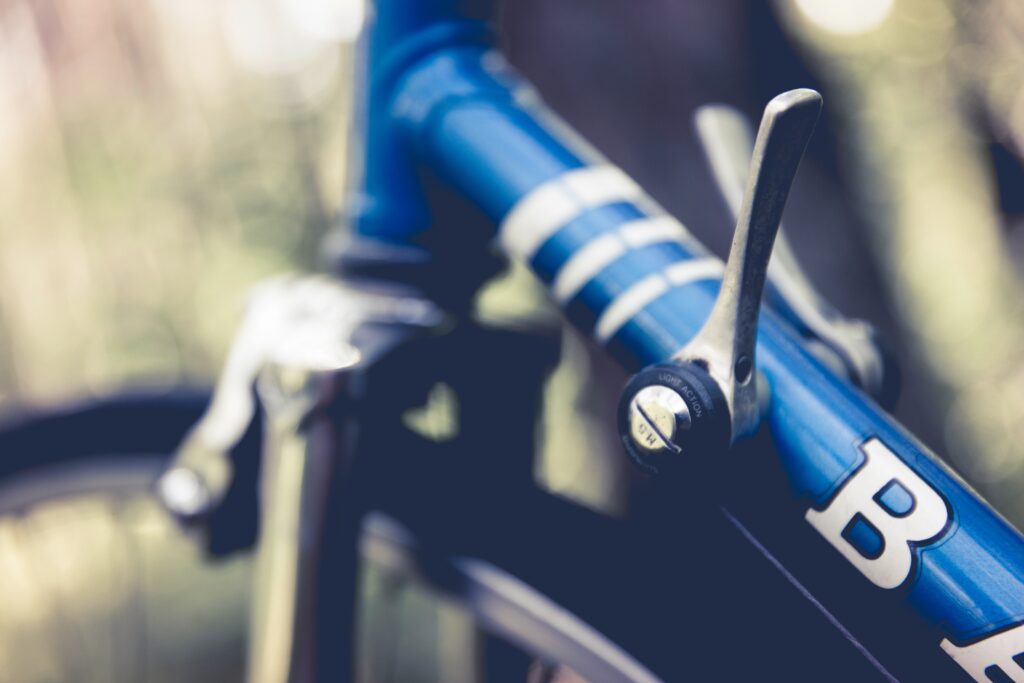
The head tube is a tube that was first discovered on the front bicycle frame. It makes it easier to connect the handlebars, wheel forks, and various other components. It consists of a headset that allows the front wheel to be driven while mounted on the handlebars. Ball bearings are typically used to transfer steering action from the head tube to the forks.
8. Top Tube
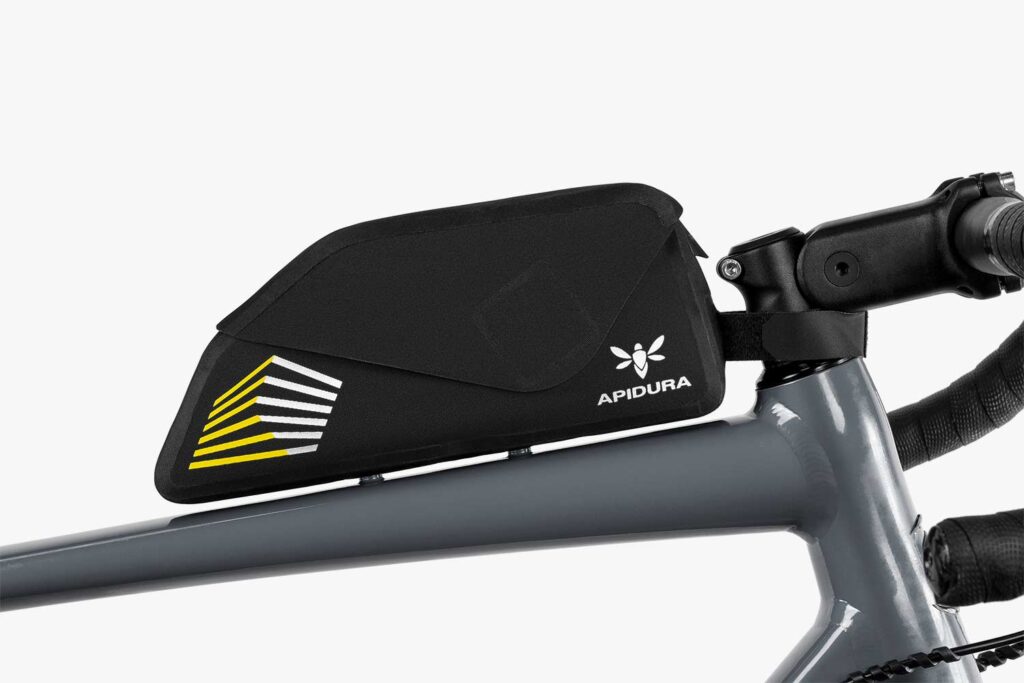
The top tube is part of the frame that joins the head tube and seat tube. The rider crosses over to cling to the bicycle in this space, also known as the crossbar. At right angles to the ground, the top tube is.
9. Down Tube
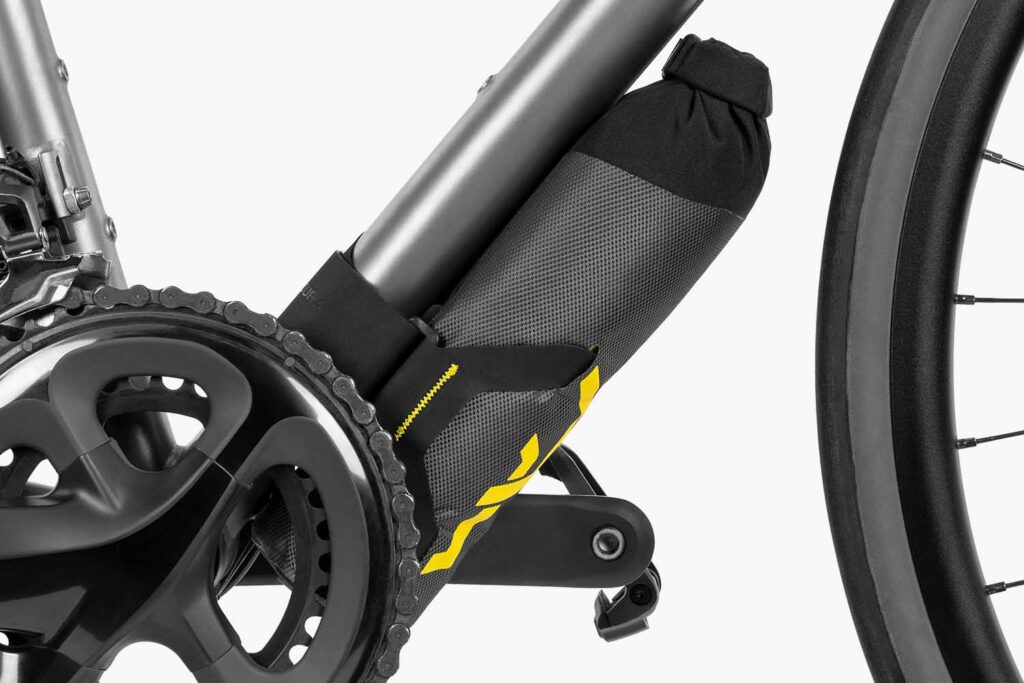
The down tube typically runs from the head tube to the bottom bracket or pedal. This tube, which is both long and thick, gives the frame its stiffness. This is where the bike manufacturer’s logo and a cage for holding water bottles are.
10. Seat Tube
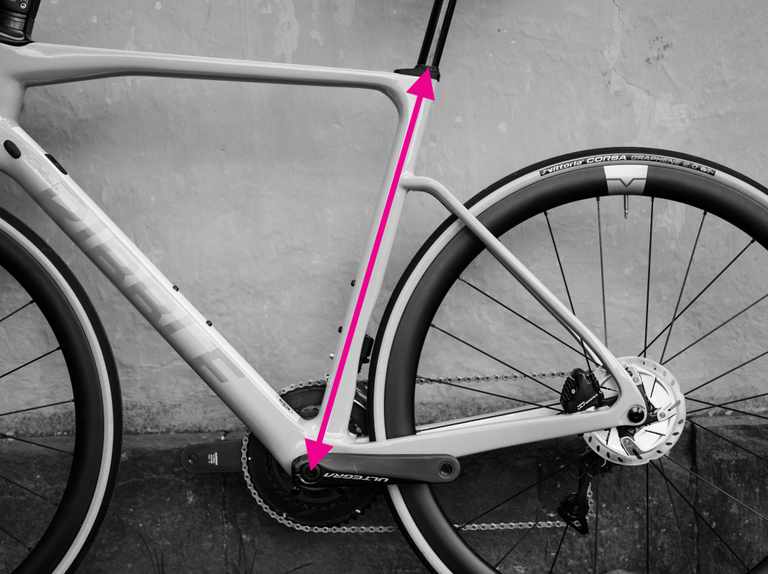
The seat tube is also the main component of a bicycle frame. There is a vertical tube that runs from the seat to the bottom bracket. It accepts the seat post, reclines a little, then latches on to the pedal mechanism. Standard practice calls for threading the seat post through the seat tube. Saddle height can be altered by modifying the angle at which the seat post descends into the seat tube.
11. Seat Post
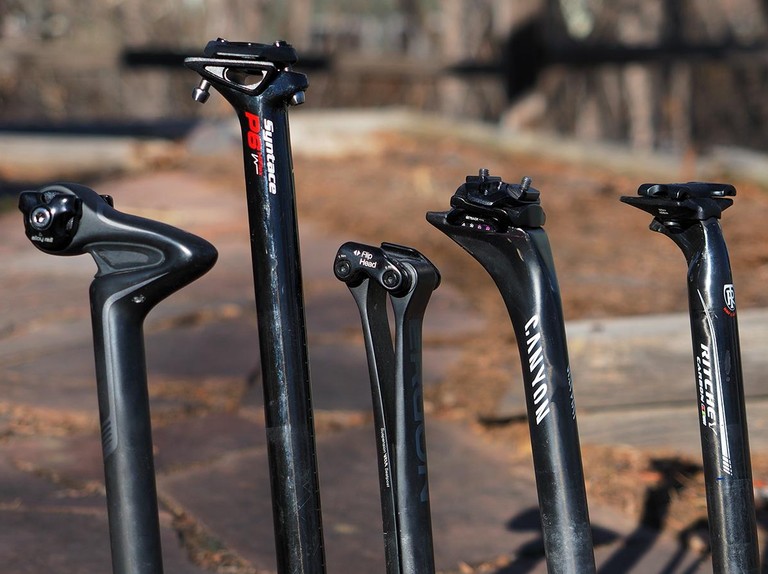
The seat stays are an additional essential part of a bicycle frame. The tubes that connect the hub of the back wheel to the seat’s base have extremely small diameters. One rear dropout is present per seat stay, and each rear dropout is connected to a specific axle.
12. Chain Stay
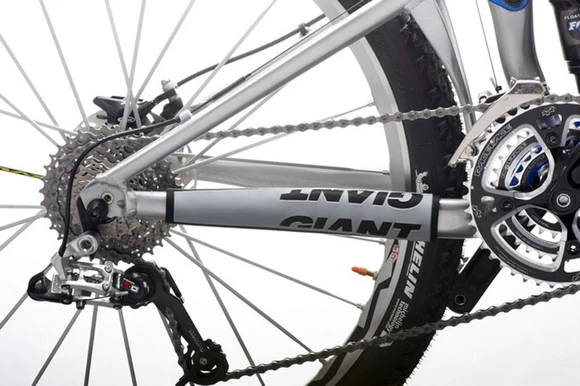
The term “chainstay” refers to the pair of tubes that run from a frame’s bottom bracket to its rear fork. These thin tubes run parallel to the ground from either side of the pedal to either side of the back tire. Chain stays are so named because they move with the chain of a bicycle.
13. Saddle
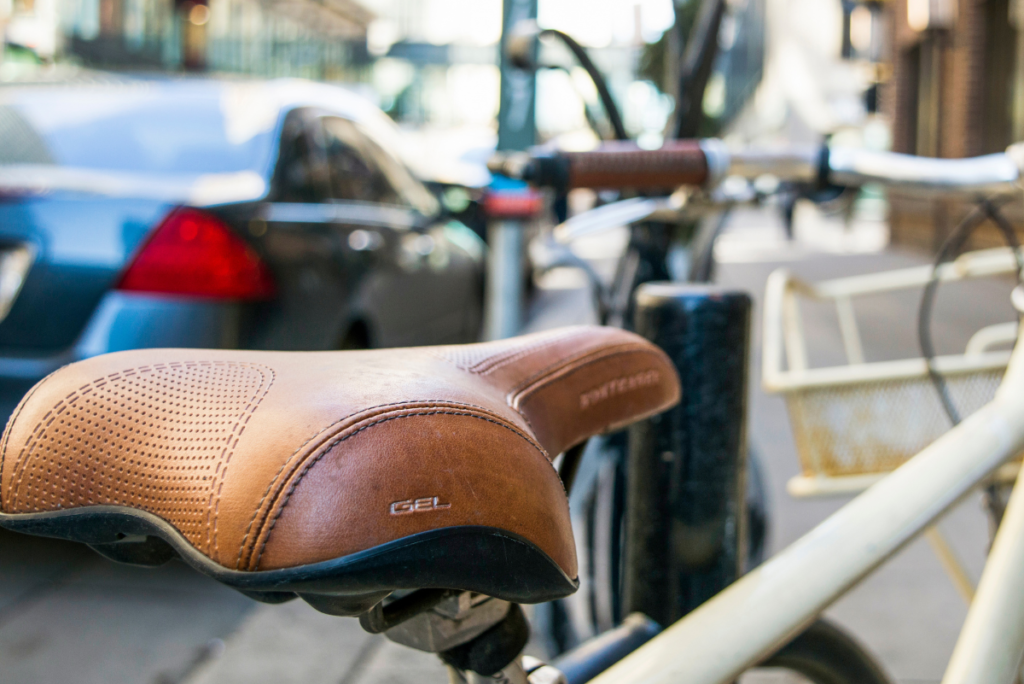
The saddle of a bicycle refers to the area where a rider can sit comfortably. It evenly distributes the rider’s weight across their sit bones while relieving as little pressure as possible on their soft tissues. The seat post serves as the saddle’s normal point of attachment. Saddle height can be adjusted by telescoping the seat post in and out of the seat tube.
14. Cogset
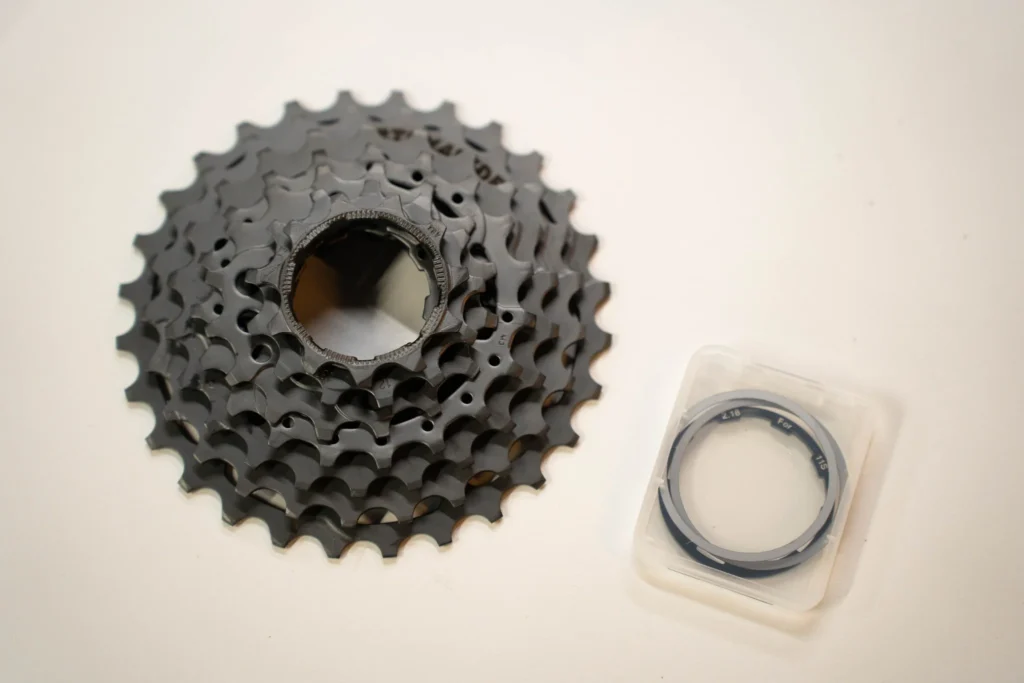
A group of sprockets attached to the hub of the back wheel form a cogset. It goes by the name “cassette” and collaborates with the rear derailleur to provide the rider with a range of gear ratios. There are some bicycle models that only have one cog and no gears. Cassettes come in two varieties: freewheel and cassette. Even though they have a similar appearance and usage

